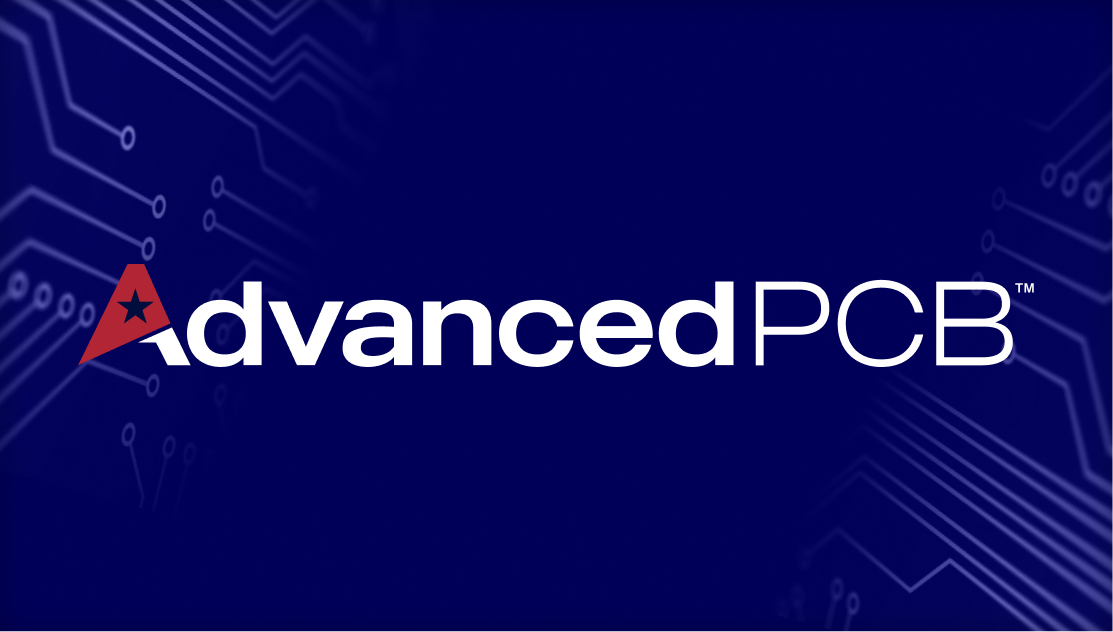PCB Update: Patent Granted for New Computer Mouse

.jpg?lang=en-US) According to an article by Electronics Weekly a patent has been granted to James and Stephen Bowden, a pair of inventors in the UK that have designed a computer mouse to help those suffering from repetitive strain injury (RSI). RSI can develop due to the alignment of the hand, wrist and arm of a person using a traditional mouse because the muscles used are not suited for the fine motor movements required. Instead of risking injury this way the Bowdens have come up with a new, vertical design that better aligns a users hand and takes the pressure off of these muscles. The mouse has a planar base with an optical sensor for movement. Additionally its PCB is housed within the shell, which features room for someone to grip it between the thumb and fingers and utilize the standard mouse buttons in an easier way.
According to an article by Electronics Weekly a patent has been granted to James and Stephen Bowden, a pair of inventors in the UK that have designed a computer mouse to help those suffering from repetitive strain injury (RSI). RSI can develop due to the alignment of the hand, wrist and arm of a person using a traditional mouse because the muscles used are not suited for the fine motor movements required. Instead of risking injury this way the Bowdens have come up with a new, vertical design that better aligns a users hand and takes the pressure off of these muscles. The mouse has a planar base with an optical sensor for movement. Additionally its PCB is housed within the shell, which features room for someone to grip it between the thumb and fingers and utilize the standard mouse buttons in an easier way.
Devices Making Most of PCB Power to Bring Change
It is innovation like this that helps our society take the next steps forward. Even with a simple, straightforward design product makers are able to bring change to the market and improve the quality of life for consumers and patients. Harnessing the power of your PCB by ensuring that it meets the rigorous demands of your application will help your team realize the full potential of the device or project you are working on. Learn more about ways to maximize the quality of your PCB and begin designing your next prototype by contacting an expert at AdvancedPCB today.
AdvancedPCB
Related Posts

Future trends of the circuit board
As consumer demands for faster, smaller and more efficient devices intensify, so do printed circuit board requirements. PCBs are the backbone of all electronic devices. They affect their size, speed and functionality.
Future trends of the circuit board
Read More

2-Layer vs. 4-Layer Printed Circuit Boards
When it comes to printed circuit boards (PCBs), there are infinite possibilities for how many layers you can have. Some supercomputers have nearly a hundred layers in their construction, but, the most common layered PCBs usually have only two or four layers.
2-Layer vs. 4-Layer Printed Circuit Boards
Read More

Understanding the Difference between PCB prototyping and Full Spec Production
Printed Circuit Board manufacturers such as AdvancedPCB offer two main types of services- Printed Circuit Board Prototyping (PCB) and full spec production. But what exactly do these mean, and what does each have to offer?
Understanding the Difference between PCB prototyping and Full Spec Production
Read More
Browse
All Categories
Recent Posts
View Recent Posts


